Michael Mahalchick
For What It's Worth, Jan 23 – Feb 22, 2009
Past: 55 Chrystie St
Installation view, For What It's Worth, Canada, New York, 2009

Installation view, For What It's Worth, Canada, New York, 2009
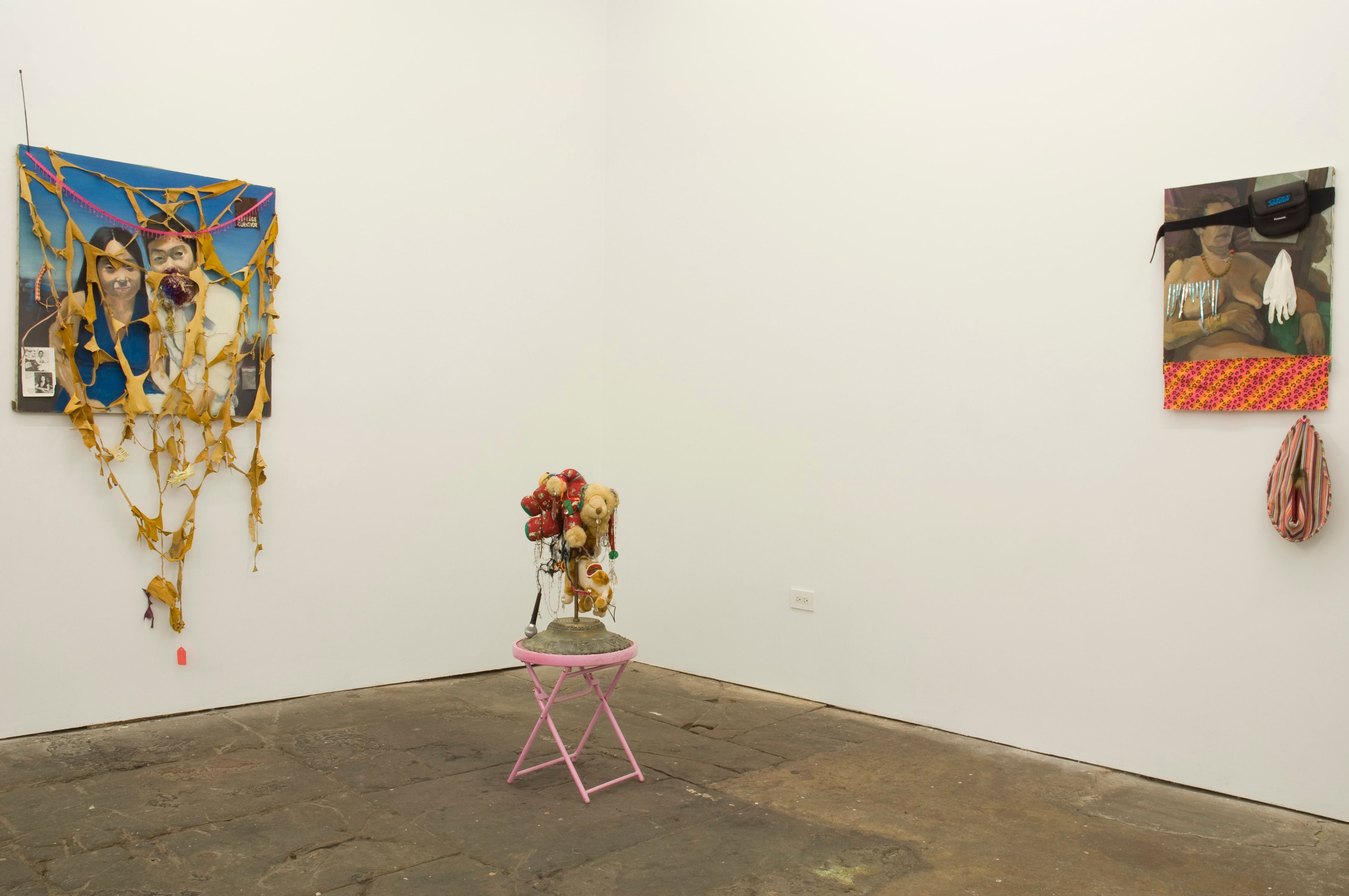
Artworks

Michael Mahalchick,
You're Too Sad,
2008,
10 ½ × 14 × 14 in (26.67 × 35.56 × 35.56 cm)
Mixed media
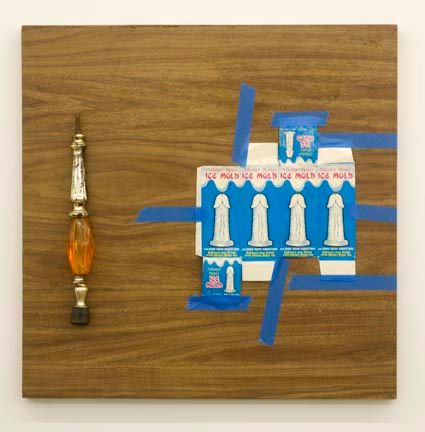
Michael Mahalchick,
Too Hot for You,
2008,
24 ¾ × 24 ¾ × 2 ¾ in (62.87 × 62.87 × 6.99 cm)
Mixed media

Michael Mahalchick,
You Don't Know,
2008,
66 ½ × 16 × 11 ½ in (168.91 × 40.64 × 29.21 cm)
Mixed media
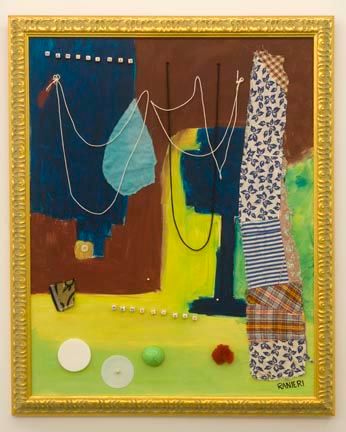
Michael Mahalchick,
Ham Ray Nay,
2008,
33 ¼ × 27 × 2 in (84.46 × 68.58 × 5.08 cm)
Mixed media
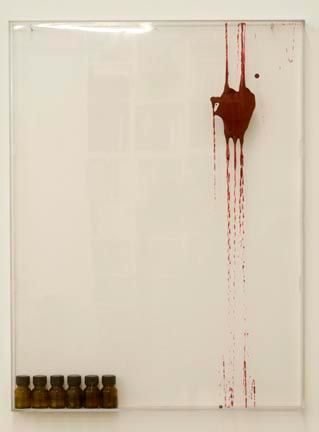
Michael Mahalchick,
Cheating Hearts,
2009,
24 × 18 ¼ × 1 in (60.96 × 46.36 × 2.54 cm)
Mixed media

Michael Mahalchick,
New Standards,
2008,
43 × 14 × 2 in (109.22 × 35.56 × 5.08 cm)
Mixed media
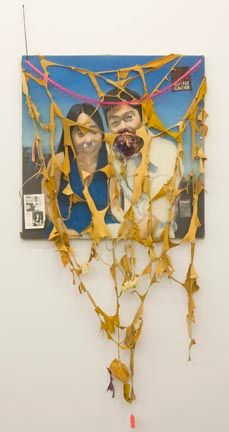
Michael Mahalchick,
One Way Out,
2008,
83 × 37 × 11 ¼ in (210.82 × 93.98 × 28.58 cm)
Mixed media
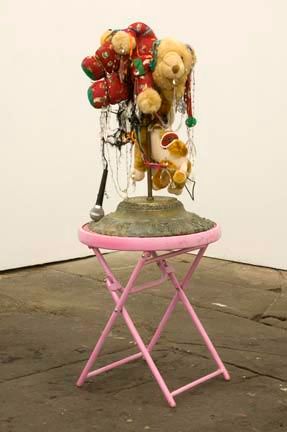
Michael Mahalchick,
American Idol,
2008,
41 ½ × 16 × 16 in (105.41 × 40.64 × 40.64 cm)
Mixed media

Michael Mahalchick,
Don't Look at Me,
2008,
45 × 21 × 3 in (114.30 × 53.34 × 7.62 cm)
Mixed media

Michael Mahalchick,
Back to Basics,
2008,
19 ½ × 31 ½ × 38 in (49.53 × 80.01 × 96.52 cm)
Mixed media

Michael Mahalchick,
Opalescence,
2008,
12 × 16 × 1 ¾ in (30.48 × 40.64 × 4.45 cm)
Mixed media

Michael Mahalchick,
Shanghai Surprise,
2008,
80 × 46 × 14 ¼ in (203.20 × 116.84 × 36.20 cm)
Oil on canvas

Michael Mahalchick,
You Want This?,
2008,
33 ¼ × 27 × 2 in (84.46 × 68.58 × 5.08 cm)
Mixed media

Michael Mahalchick,
All You've Ever Wanted,
2008,
59 ½ × 29 × 19 in (151.13 × 73.66 × 48.26 cm)
Mixed media
Press Release
For his third solo show at CANADA, Michael Mahalchick presents, “For What It’s Worth”. Mr. Mahalchick, widely known for his cast of thousands performances, scores for contemporary dance and large scale fabric sculptures, breaks new ground with this new body of exquisitely detailed assemblages and sculptures.
Mr. Mahalchick has dumped the contents of his psychic everything drawer onto the surfaces of his “canvases”. The catalogue of materials is democratic and perversely nonhierarchical. Rhinestones, driftwood, string, cellophane Kraft singles wrappers, fishing lures, drug paraphernalia, Haagen-Dazs sticks, pictures cut from various magazines and spent toilet paper tubes are all lovingly affixed to easel sized supports. Mr. Mahalchick’s sophisticated arrangements, with deep allusions to cubism, are confounded by nursing home level craft.
Mr. Mahalchick is part of the lineage of Robert Rauschenberg, Bruce Conner and Isa Genzken. Employing the space of abstract painting Mr. Mahalchick transforms his motley collection of materials into montages of emotional and cultural resonance. It may be tempting to laugh at the absurd material decisions, the crazy layering of meanings and the puerile ballsiness, but we are also asked by the quiet seriousness of the work look a little deeper. The use of toilet paper tubes, for example, at first seems almost embarrassing, the level of self-exposure too great. In Mr. Mahalchick’s collages the conventional desire to wish away the mundanely sordid aspects of our bodies is allowed space of quiet recognition. The fact that our own bodies and desires are aided and abetted by the crappiest mass-produced things is, in fact, universal and we are liberated by recognizing ourselves in what at first seems so tacky and wrong.
“For What It’s Worth” is a celebration and ritual offering to the collective ewwwwww. Mr. Mahalchick’s scavenged materials, low and despised, are offered proudly for our inspection and praise. The valueless is in fact the most valuable thing here. The cast off refuse of our throw-away culture is given dignity by the transformational imagination of the artist. In this way Mr. Mahalchick is a problem solver, a real go to guy for life’s stickiest problems. And when Mr. Mahalchick asks what’s it worth, our snap guarded answer of “nothing” slowly gives way to an affirming, Everything!
Michael Mahalchick has recently exhibited work in group at David Zwirner in New York, Kate MacGarry in Lodon and the In Practice Program at the Sculpture Center in Long Island City. He received his MFA from the California Institute of Arts and is currently living and working in New York City.